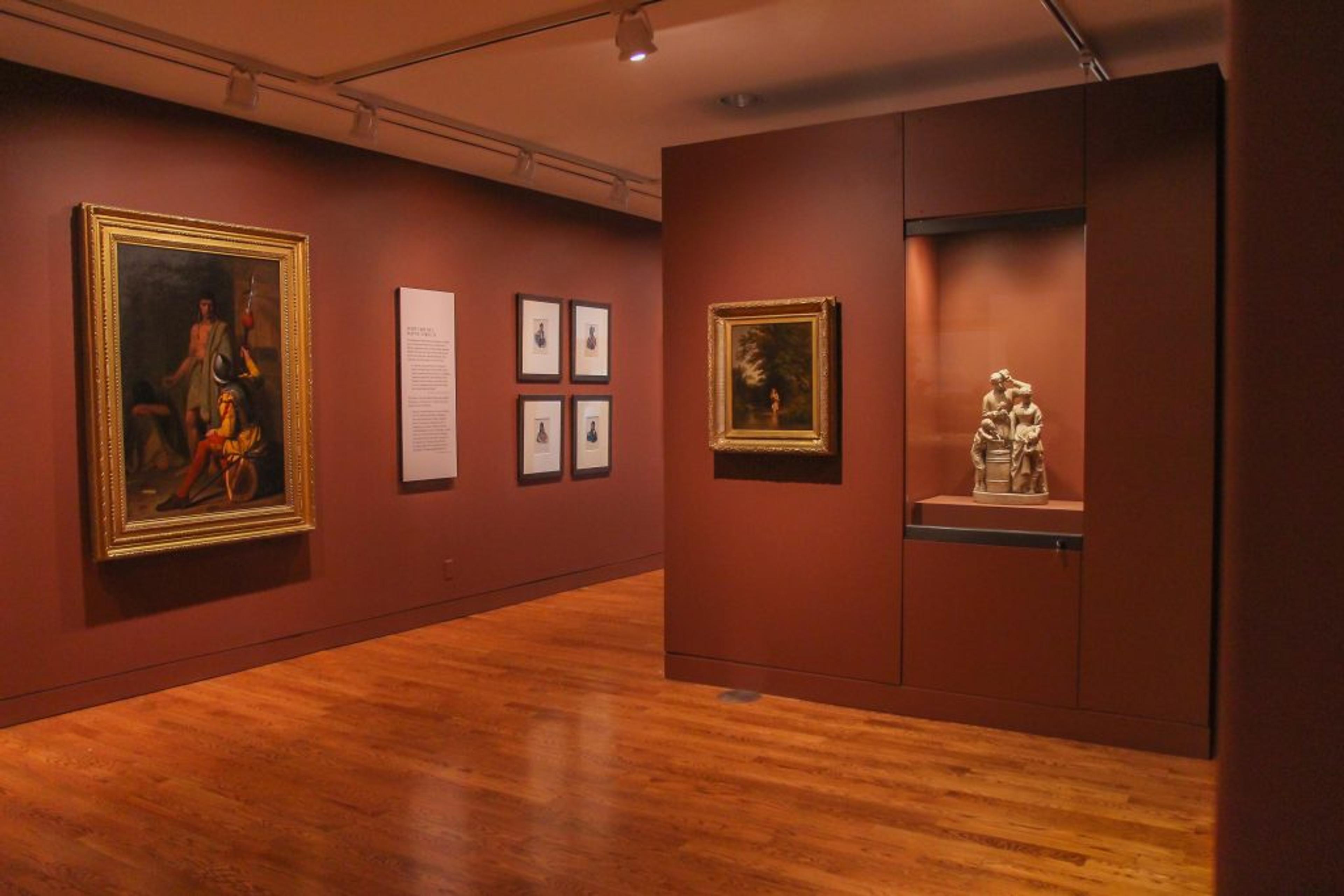Available Traveling
Exhibitions
A way to bring world-class art out of storage and into your institution


New Available Groupings
Check out new groupings available to borrow from our Partner Loan Network lenders.
View the GroupingsAvailable Traveling
Exhibitions
A way to bring world-class art out of storage and into your institution


New Available Groupings
Check out new groupings available to borrow from our Partner Loan Network lenders.
View the Groupings